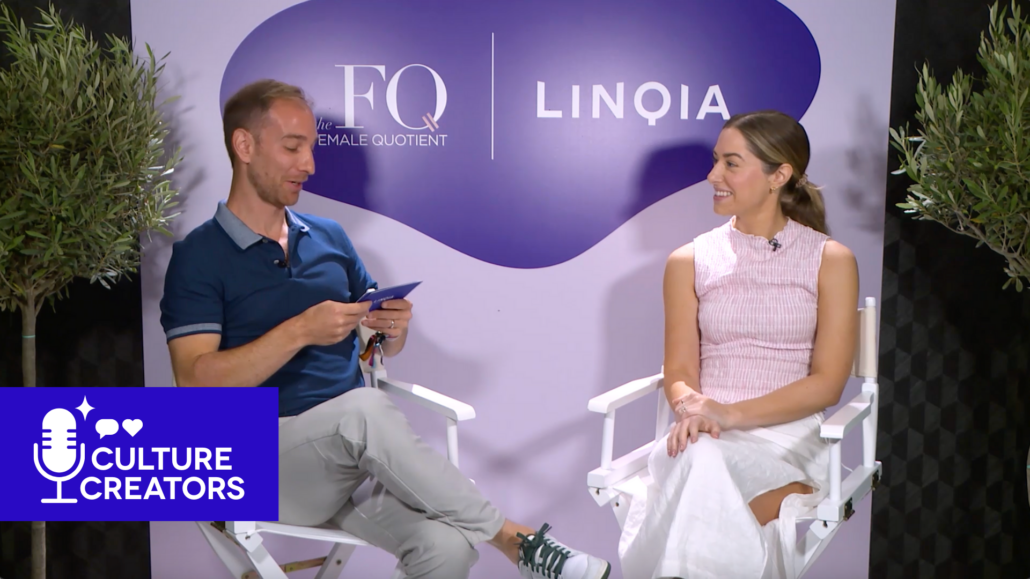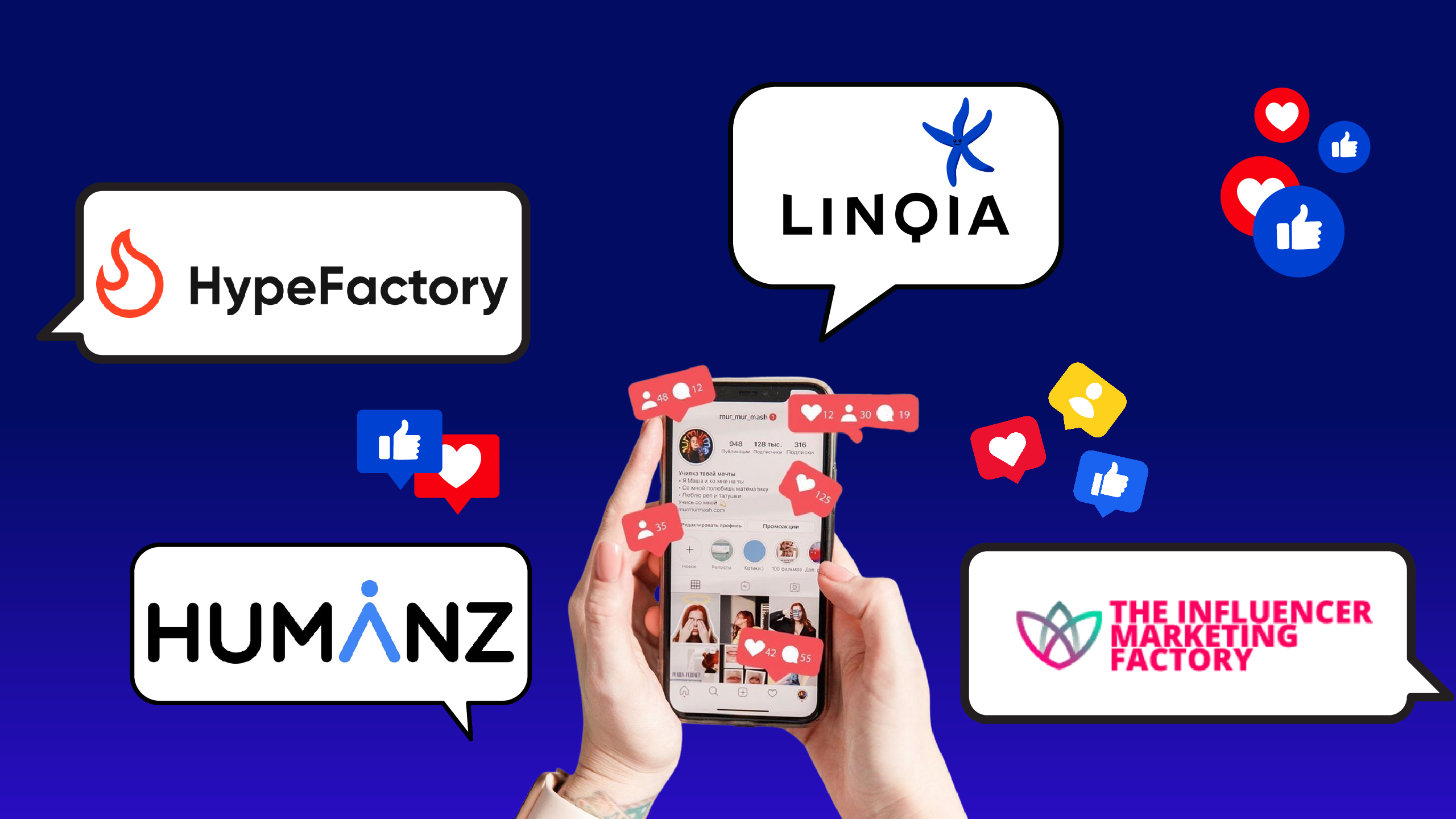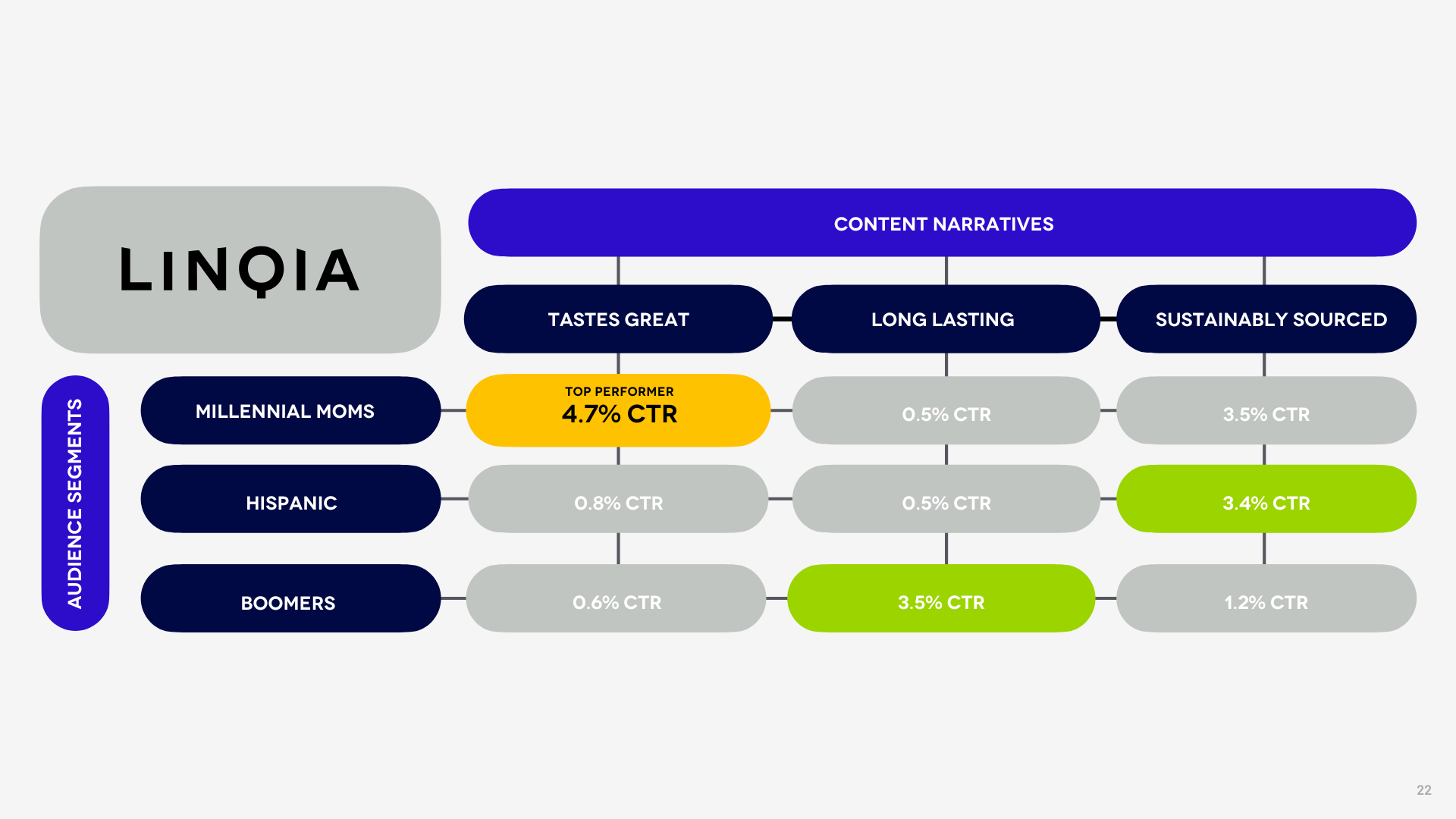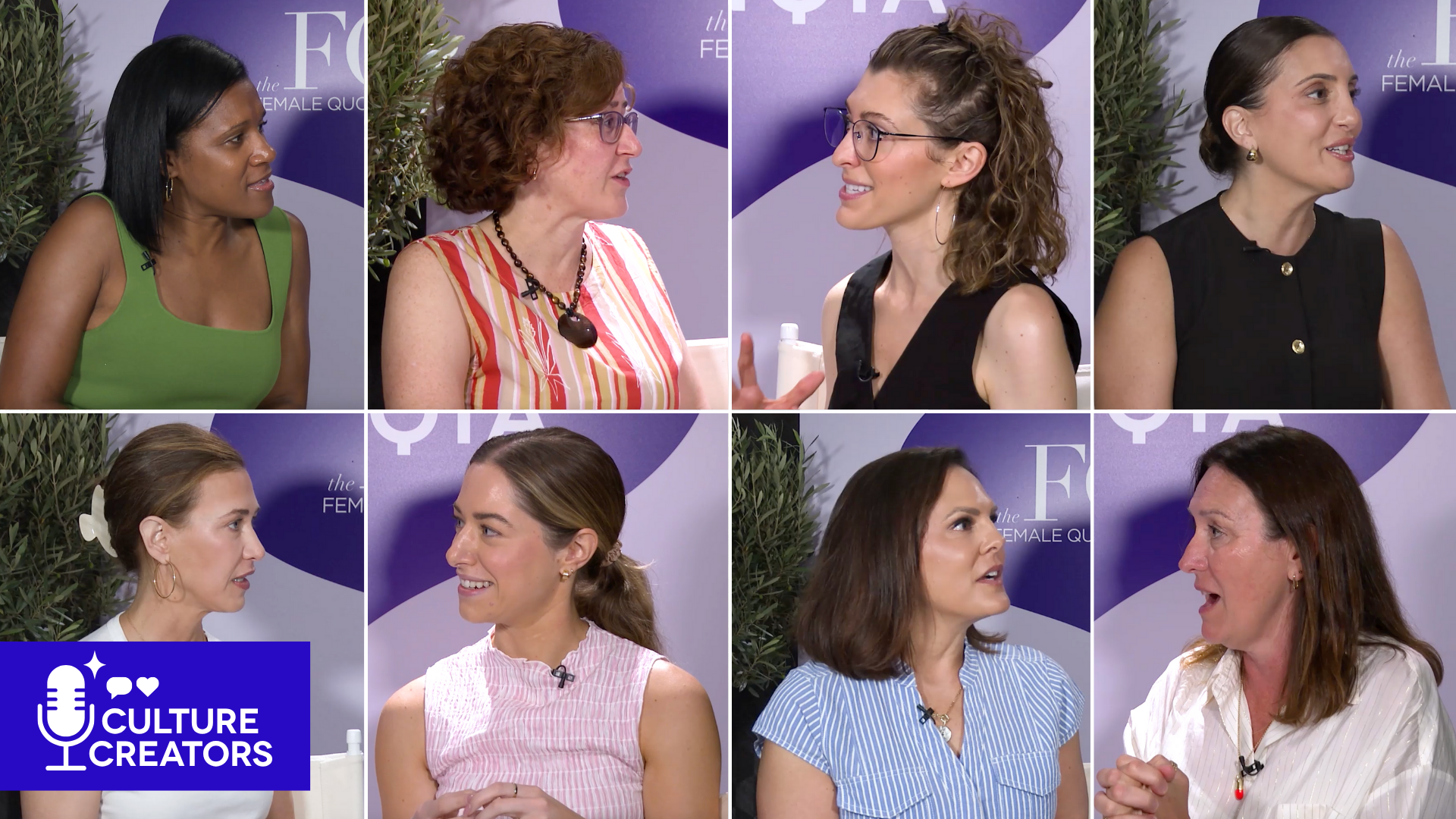How Anthropic’s Lexie Barnhorn Is Using Creator Marketing to Humanize AI and Fuel B2B Growth
We sat down with Lexie Barnhorn, Head of Influencer at Anthropic, live from The Female Quotient Equality Lounge in Cannes. In Lexie’s world, creator marketing isn’t just for lifestyle brands—it’s essential for building trust in complex, technical categories. With a track record that includes Curology and Notion, Lexie is redefining what influencer marketing can look like in the world of AI.
You’ve worked across Curology, Notion, and now Anthropic. What drew you to the world of AI?
I’ve always been obsessed with how creators can help people fall in love with a product. At Notion, our growth was steady through gifting and ambassadors, but it wasn’t until we partnered with a large creator at the right moment that everything changed. It was our “black swan” moment. Growth skyrocketed and never went back down. That moment taught me: that you need creators to get to the next level.
When I joined Anthropic, it felt like a natural next step. Claude is built by Anthropic, which is the research company behind the AI models. Fun fact: Notion AI actually ran on both OpenAI and Anthropic’s models, so a lot of people have already used Claude without realizing it.
You’ve only been in the role for a few months. What stands out most so far?
The speed. In AI we launch a model, and then a week later someone else launches theirs. It’s nonstop. Even though Anthropic is the biggest company I’ve worked at, it still feels like a startup. We’re building the ship while sailing it.
Is the strategy mostly B2B?
Anthropic is technically B2B—we sell access to our API to developers and companies—but I’ve always believed in the B2C2B model. That’s how we thought at Notion, too: if people love it in their personal lives, they’ll bring it into work. Claude is the same. It’s a killer tool for workflows. I even tell influencers, “Your CTA can literally be: expense it.” It’s changed how I work, and I want more people to feel that.
Everyone’s talking about cultural fragmentation right now. How do you scale in a world of niches?
It’s tricky because everyone’s algorithm is so different. I try not to get overly segmented or hyper-specific with targeting. Some of the highest-performing creator partnerships I’ve worked on were ones I would’ve never predicted.
I think about creator strategy as a triangle. At the top, you need a few cultural hitters—creators who are in the conversation and can give you that mass awareness. In the middle, it’s all about consistency and trust. These are your reliable experts with engaged followings in a niche. Then there’s the base: micro influencers. They’re scrappy, high-engagement, and great for testing. You want balance across all three.
What’s a good example of that unexpected success?
At Notion, we once partnered with a Dungeons & Dragons influencer. It was a bit of a bet—it cost more than expected—but it crushed. Now I never count a niche out. You’re better off leaning into microcultures with high engagement than trying to appeal to everyone. When you add them up, they scale—and they’re more loyal.
How does platform strategy factor in?
Right now, I think about platforms as a funnel. Instagram and TikTok are great for top-of-funnel awareness, those bite-sized hits that get people intrigued. But when someone sees a cool Claude use case on TikTok, I want them to search YouTube next.
That’s where I want thousands of videos waiting—deep dives, tutorials, niche walkthroughs. YouTube drives the highest ROI in terms of link clicks and conversions. So I’m currently focused on dedicated videos only. It’s more expensive than integrations, but the long-term SEO and discovery value is worth it.
What about paid amplification? Are you boosting creator content?
Absolutely. We boost everything, but we wait. I let the organic content run for about a week, see how it performs, and then decide what to amplify. Whitelisting is a must if you want reach.
The content that creators make is always better than anything we could produce in-house. So why wouldn’t we use that across paid?
You mentioned Notion and Curology earlier. How did your influencer strategy differ across those roles?
At Curology, we were very bottom-funnel—it was a performance growth channel. At Notion, it shifted to mid-funnel, since there was already strong brand awareness. Anthropic is more top-funnel. We’re still educating people about what Claude is and why it matters. So that’s the goal right now: build brand love.
Let’s talk budgets. Everyone says they should spend more on influencers than they do. Why do you think that disconnect exists?
Because people still think influencer marketing is a “nice to have.” But if you want to be relevant today, it’s non-negotiable. Cursor is a great example; they’ve grown massively with the help of engaged tech creators. Even if you’re not paying creators yet, they’re already driving the conversation.
What’s your advice for someone starting in marketing right now?
Learn AI. You don’t have to be technical. Just experiment. I use Claude all the time to build workflows that automate my job, like writing Google Scripts or email sequences. The marketers who figure out how to use AI to supercharge their work will be the ones who succeed.
What’s your For You Page like these days?
Right now? Biblical VO3 videos. Like “Hi, I’m Moses, I just parted the Red Sea.” I wasn’t sold on AI-generated content at first, but now I’m obsessed with how creative and educational it can be. I’m also deep on Cannes restaurant recs and BookTok– I’m obsessed with my Kindle.
If you were a creator, what would your niche be?
Definitely BookTok. I love sharing recs and discovering new reads. I actually posted a Kindle TikTok once and it did really well. There might be something there!
What advice do you have for someone starting in marketing?
Start in an agency. You get exposure to so many business models and company sizes. It’s the best training ground. And don’t sleep on media—it’s becoming one of the most important marketing functions out there. Especially with creators and consumer attention shifting fast.
What should brands understand about working with agencies today?
Listen to the young people on your agency teams. They understand what’s happening in culture way better than we do. That knowledge is gold.
For more from our Culture Creators series, head here.
Want more updates? Subscribe to our newsletter at www.linqia.com/subscribe to never miss what’s new in influencer marketing and social media.




